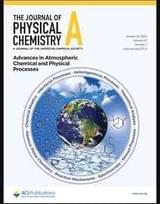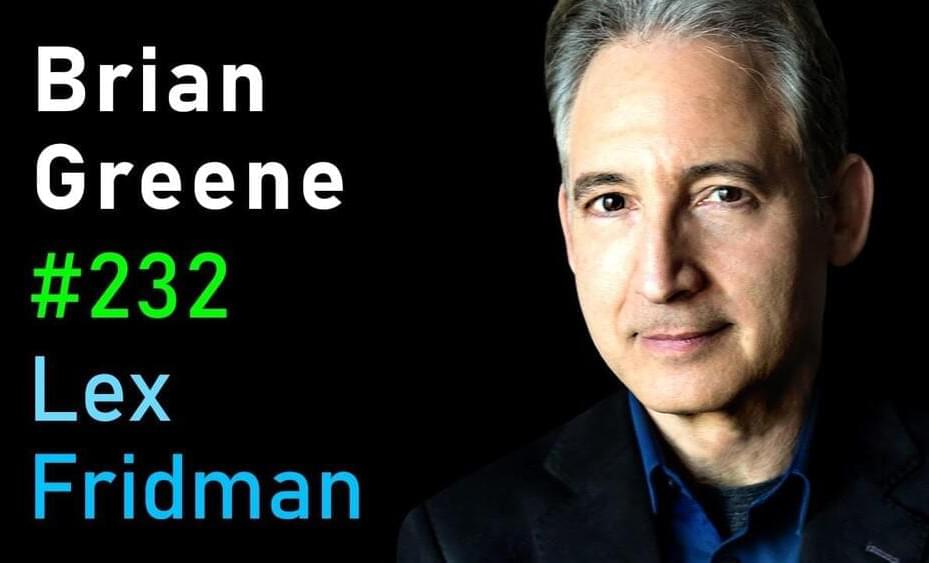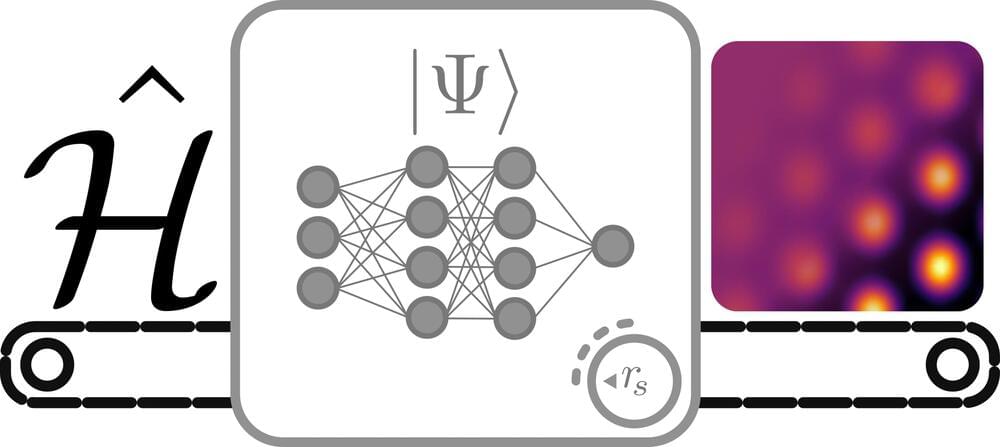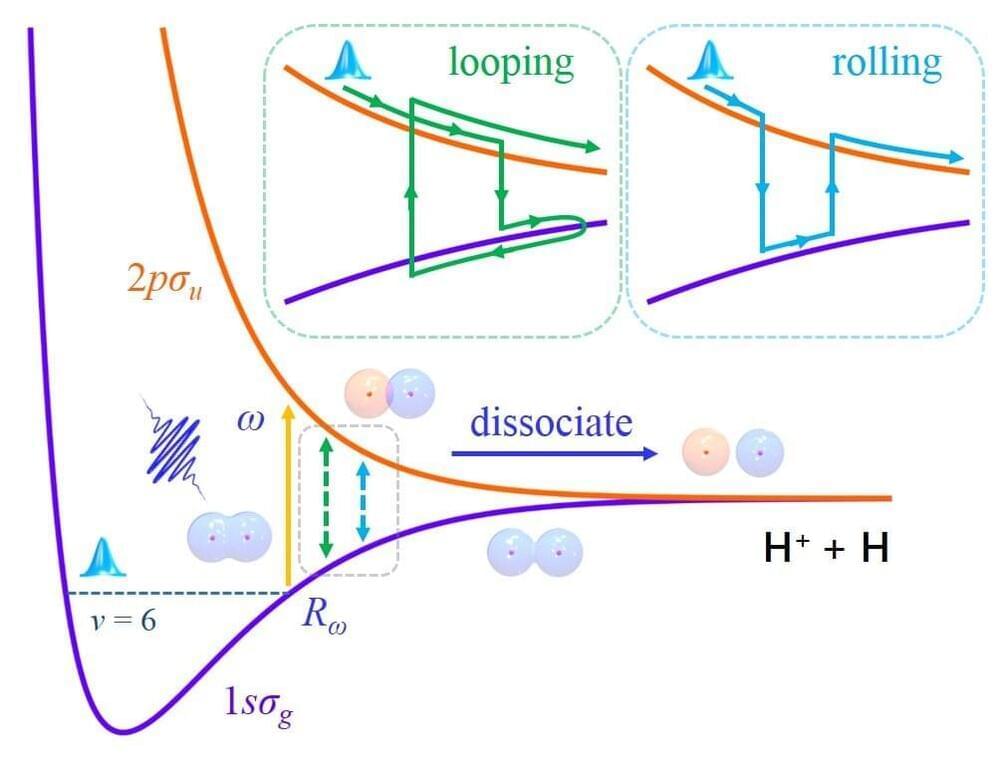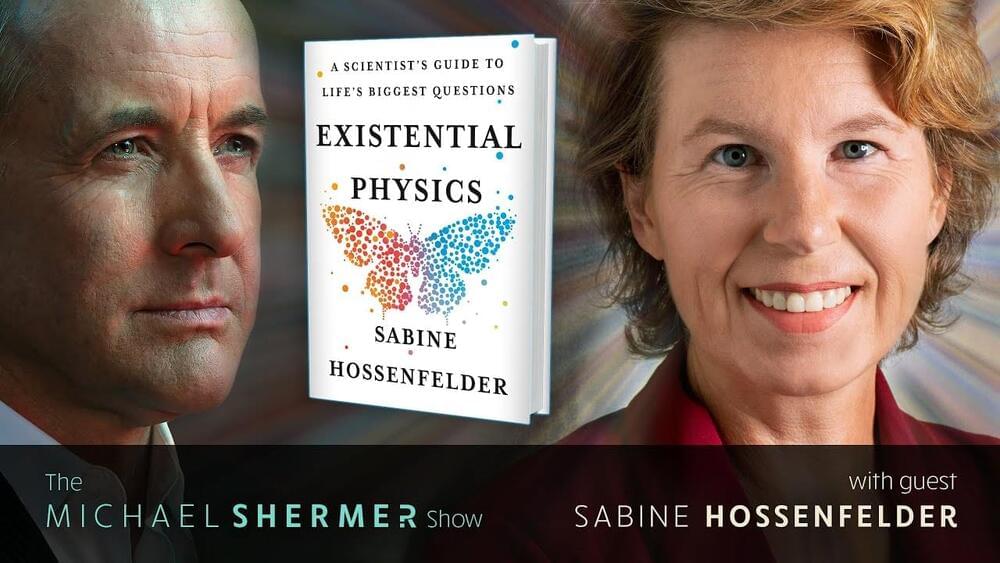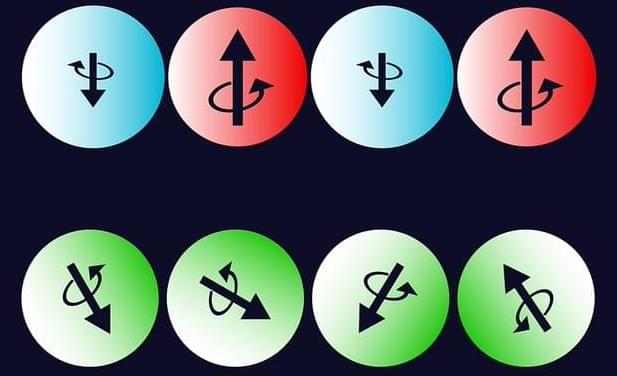Feb 7, 2023
N-Electron Valence Perturbation Theory with Reference Wave Functions from Quantum Computing: Application to the Relative Stability of Hydroxide Anion and Hydroxyl Radical
Posted by Dan Breeden in categories: computing, information science, quantum physics
Quantum simulations of the hydroxide anion and hydroxyl radical are reported, employing variational quantum algorithms for near-term quantum devices. The energy of each species is calculated along the dissociation curve, to obtain information about the stability of the molecular species being investigated. It is shown that simulations restricted to valence spaces incorrectly predict the hydroxyl radical to be more stable than the hydroxide anion. Inclusion of dynamical electron correlation from nonvalence orbitals is demonstrated, through the integration of the variational quantum eigensolver and quantum subspace expansion methods in the workflow of N-electron valence perturbation theory, and shown to correctly predict the hydroxide anion to be more stable than the hydroxyl radical, provided that basis sets with diffuse orbitals are also employed.
